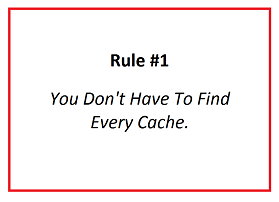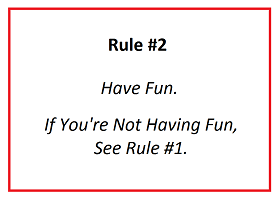This is a revised verson of How Do I Solve These #@&% Puzzles?!! Old Codes, which I had to archive because the area became inaccessible.
Oldies can be goodies. Many old ciphers and codes are used for geocaching puzzles, including some codes you may have encountered in your younger days.
These are some I've seen used in puzzles:
The pigpen cipher (sometimes also called the masonic, Freemason's, or tic-tac-toe cipher) exchanges letters for symbols which are fragments of a grid. This example shows one way the letters can be assigned to the grid. (I've seen other versions.) It was recently used in Dan Brown's 2009 novel "The Lost Symbol".

Naval signal flags. Flags have been used for hundreds of years for signaling between ships. Even in these days of radio and satellite communications, they are still used by the U.S. and other modern navies.

American sign language. The exact beginnings of ASL are not clear. It may have originated in the early 19th century in the American School for the Deaf (ASD) in Hartford, Connecticut, but some suggest that it arose more than 200 years ago from the intermixing of local sign languages and French Sign Language.

Some old favorites are easy to disguise. To decode these, it will help if you can recognize their patterns:
Braille is a writing system which enables blind and partially sighted people to read and write through touch. It was named after its creator, Louis Braille (1809-1852), who was blind and became a teacher of the blind. It consists of patterns of raised dots arranged in cells of up to six dots in a 3 x 2 configuration.

Morse Code is named after Samuel F. B. Morse (1791-1872), a painter and founder of the National Academy of Design, who helped develop the code as well as the telegraph machine for transmitting it. It can be transmitted using light (as between ships at sea) or sound, and can easily be disguised in a puzzle by use of images or words for the dots and dashes.

Semaphore (One of my favorites.) Semaphore is a system of conveying information by means of visual signals such as hand-held flags, rods, disks, paddles, lights, or occasionally bare or gloved hands.

Bacon's cipher (or the Baconian cipher) is one step up in difficulty. It was developed by Sir Francis Bacon as a way of hiding a secret message so that it does not even appear as a message to an outsider - the message is in the presentation of text, rather than its content.
Here's one version of the cipher: (This uses the same code for I and J, and the same code for U and V. Other versions use distict codes for every letter.) You hide your message using these patterns with different typefaces, fonts, colors, italics, whatever.

How do you solve these? You can find charts for these online, but be aware that some are more complete than others, and some have different versions. For example, some charts for Morse code and Semaphore include punctuation, and I've seen different versions of the Pigpen, Bacon, and Maritime Signal flags ciphers. If you don't find what you need on one chart, look for a different one.
If the code isn't obvious, hopefully there will be a hint somewhere on the cache page to help.
You can also try using the Substitution Cipher solving or Frequency Analysis skills learned in the previous cache in this series, GC78KAK - How Do I Solve These #@&% Puzzles?!! Subst Ciphers.
With that in mind, here is the puzzle you must solve to get the coordinates for this cache:
I like to join my dog-loving friend for scenic walks. He sent me this note. Is it just a bunch of pictures of his cute dogs, or something more?

Some GPSs choose the wrong way to get to the cache. Access is from south of the cache. Access coordinates are in the checker, or from your solution subtract 0.049 from north and subtract 0.090 from west.

As I said, this is one of a series of "How Do I Solve..." caches. They are spread out in different neighborhoods. It might help to solve them in order, but you don't need to. I tried to make these easy to understand, but if you have any questions about them, please ask.
Here are all the caches in the series. They are also posted in a "How Do I Solve These #@&%$ Puzzle Caches?!!" bookmark list.
This series of #@&%$ Puzzles contains the following caches:
Have fun solving puzzle caches! And remember ...

